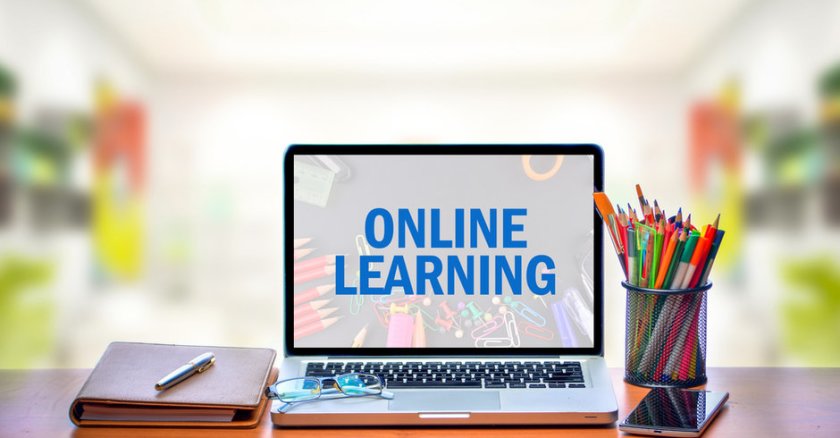
The Evolving Landscape of Curriculum: Navigating Challenges and Embracing Innovation
Introduction
The curriculum forms the backbone of any educational system, encompassing the structure, content, and goals of teaching and learning. Over the years, curricula have experienced substantial evolution, driven by societal, technological, and pedagogical changes. This article explores the journey of curriculum development, highlights challenges faced, and discusses innovative approaches that have shaped education for the better.
Historical Perspectives on Curriculum Development
The history of curriculum development can be traced back to ancient civilizations, where knowledge was primarily passed down orally. With the advent of written language, formalized educational frameworks emerged, designed to impart specific skills and values to succeeding generations. In the 19th century, the industrial revolution called for standardized curricula to meet the needs of the rapidly growing workforce.
Challenges in Traditional Curricula
Despite its evolution, traditional curricula have faced several challenges. One of the prominent concerns is the overemphasis on rote memorization and standardized testing, stifling creativity and critical thinking in students. This approach often fails to cater to individual learning styles and interests, leading to disengagement and limited overall academic growth.
The Need for a Holistic Approach
Recognizing the limitations of traditional curricula, educators and policymakers have advocated for a more holistic approach. This paradigm shift aims to integrate various subjects and foster interdisciplinary thinking. A holistic curriculum promotes lifelong learning and equips students with essential skills such as problem-solving, communication, and adaptability.
Incorporating Technology in Curriculum Development
The rapid advancement of technology has significantly impacted curriculum development. Integrating technology into education has opened new avenues for personalized learning, interactive experiences, and distance education. EdTech tools like virtual reality, artificial intelligence, and online platforms have transformed the way students access and process information.
The Inclusion of STEAM Education
The rising demand for a skilled workforce in science, technology, engineering, arts, and mathematics (STEAM) fields has led to the integration of STEAM education into curricula. This interdisciplinary approach aims to equip students with the skills needed to tackle real-world challenges and encourage innovative thinking.
Addressing Cultural and Social Diversity
Cultural and social diversity play a crucial role in shaping educational outcomes. Acknowledging and respecting diverse perspectives enriches the learning environment and promotes inclusivity. Culturally responsive curricula recognize and incorporate students’ backgrounds, fostering a sense of belonging and enhancing their overall academic performance.
The Role of Project-Based Learning
Project-based learning (PBL) is gaining momentum as an effective pedagogical approach. By engaging students in hands-on, collaborative projects, PBL cultivates problem-solving, teamwork, and communication skills. This student-centered method empowers learners to take ownership of their education and apply theoretical knowledge in practical situations.
The Impact of Multilingual Education
In a globalized world, multilingual education has become imperative. By embracing multilingual curricula, schools can promote linguistic diversity, preserve native languages, and enhance students’ cognitive abilities. Multilingualism prepares students to be effective communicators and opens doors to international opportunities.
Environmental Education and Sustainability
The growing concern about environmental challenges has led to the inclusion of environmental education and sustainability in curricula. Educating students about ecological issues empowers them to become responsible stewards of the planet. It fosters environmental consciousness and encourages sustainable practices in their personal and professional lives.
Challenges of Curriculum Integration
Despite the potential benefits, integrating innovative approaches into curricula comes with its challenges. Resistance from stakeholders, lack of funding, and lack of teacher training are some barriers that hinder widespread adoption. Overcoming these obstacles requires a collaborative effort between policymakers, educators, parents, and the broader community.
Conclusion
The evolution of curriculum reflects society’s changing needs and aspirations. A curriculum that fosters creativity, critical thinking, and adaptability is essential for preparing students to thrive in an ever-changing world. Embracing innovative approaches, such as technology integration, STEAM education, and multilingualism, equips learners with the skills and knowledge required for success. By addressing challenges and embracing change, we can create a holistic educational system that empowers future generations to lead us toward a brighter future.




